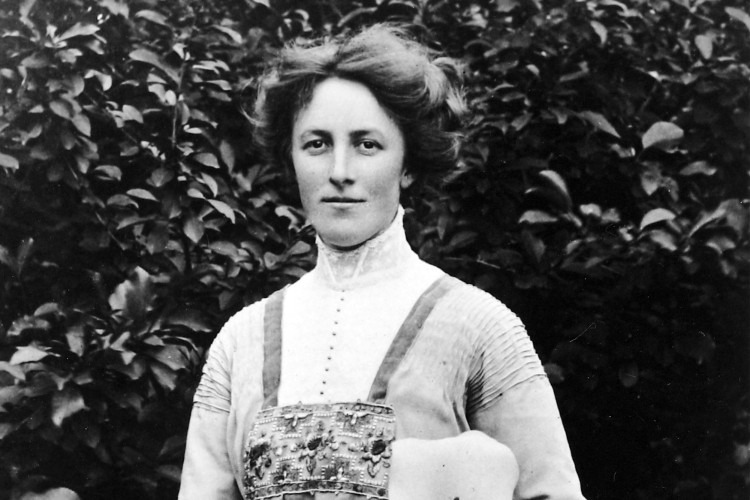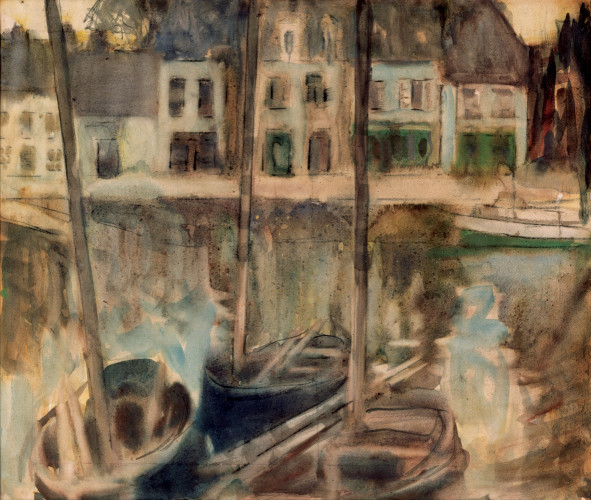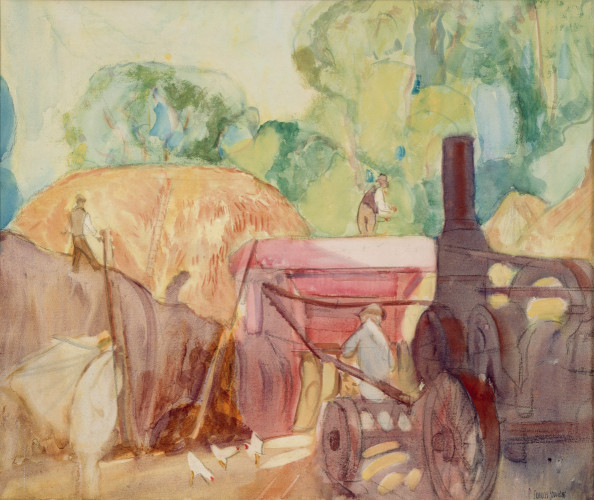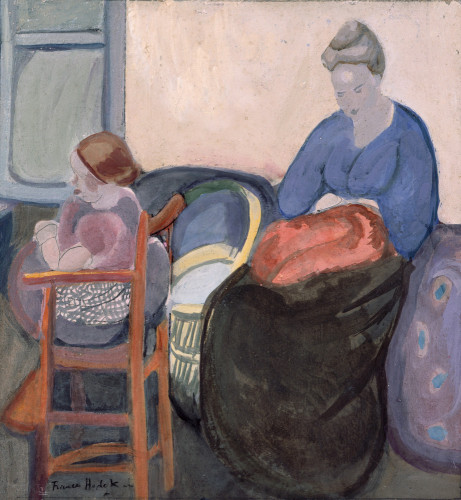Frances Hodgkins & Edith Collier
The Lessons of St Ives
17 November 2006 - 10 April 2007
Frances Hodgkins is widely known as an important modernist painter, but she was also an outstanding teacher. In 1914, Hodgkins escaped the ferocity of the First World War by moving to the quaint Cornish fishing village of St Ives, where she continued to subsidise her income by teaching. St Ives had a well-established reputation as an artist’s colony. Over the years it hosted artists and writers such as Frank Brangwyn, Arnesby Brown, Laura and Harold Knight, the Stephen sisters, Vanessa Bell and Virginia Woolf, as well as New Zealanders Katherine Mansfield, Margaret Stoddart, Mina Arnt and Herbert Babbage. The war brought smaller classes, restrictions on painting along the coastline, then a blanket ban on painting outdoors, inevitably limiting the scope of Hodgkins’ teaching until Armistice was declared in November 1918.
By 1920, however, her summer school at St Ives was booming as her classes had before the conflict. She wrote to her mother of a student full of promise: “I have one very bright N. Zealander, from Wanganui, Collier by name – who is coming on wonderfully – I’ll make something of her I feel sure”. Edith Collier flourished while she lived and worked with Hodgkins in an atmosphere of tolerance and high expectation, producing paintings and drawings that were progressively experimental. She found Hodgkins’ teaching inspirational and her time at St Ives represented a crucial consolidation of all she had learned in her nine years abroad painting and studying in England and Ireland.
Hodgkins and Collier shared similar aims and ideas and this is apparent in the parallels that can be made between their paintings and drawings. Unfortunately, few of Hodgkins’ paintings from this time at St Ives are available, but those produced immediately afterwards at Douarnenez in France, share with Collier’s work a compressed picture space, with rigorously simplified compositional elements decoratively distributed across the picture plane with uniform intensity. These works are as much about the materiality of paint, paper and canvas and aesthetic choices made about line, colour and form, as they are a representation of ancient European fishing villages.
Collier recognised the benefits of her lessons at St Ives and begged her parent’s permission to accompany Hodgkins when she left for France towards the end of 1920. Tragically this was refused and in 1921 she was recalled home. Hodgkins’ instincts were fearful. She called on Collier to take heart. “I am certain your fate will bring you back to England, as mine did . . . don’t mind the buffets or knocks. They are inseperable [sic] from the artist’s life. Its an uphill tug all the way & its only the stout hearted who win through.” But Collier never returned to England, nor did she keep experimenting with the same rigor after her father Henry burned many of her most modern works. This exhibition celebrates a teacher-pupil relationship and the power of Hodgkins’ teaching to transform Collier’s promise into a pinnacle of achievement.
Curated by Joanne Drayton
View the exhibition label texts – click here




